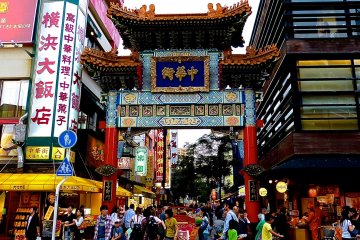
Кухня Чайнатауна города Йокогамы
Tomoko KamishimaКитайский город Йокогамы насчитывает более 600 магазинов и ресторанов с самыми разнообразными блюдами, размещёнными на площади всего в 2500 квадратных метров.
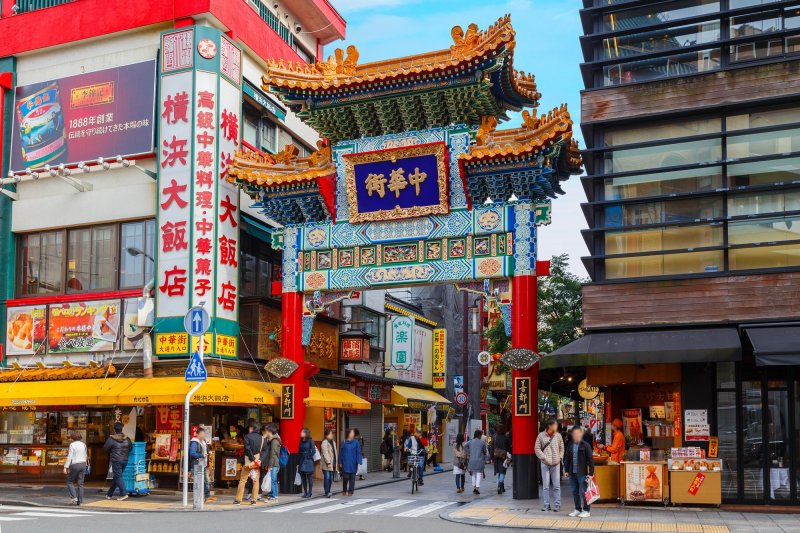
Yokohama Chinatown, also known as Yokohama Chukagai, is Japan’s largest Chinatown. An enclave of Chinese shops and restaurants has stood in this section of Yokohama since the port city was opened to international trade in 1859.
The entrance to Chinatown is marked by four intricate and colorful gates, which represent the four directions in Chinese tradition. Each gate is associated with a different mythological animal an additional five gates stand within the neighborhood’s boundaries.
More impressive architecture can be found at the Kanteibyo temple (also known as the Guan Gong Temple), which is dedicated to the Chinese god of successful business and prosperity. Built in 1873 by the neighborhood’s residents, it remains popular among the faithful and also welcomes visitors with its serene evening lantern displays. Nearby Masobyo Temple is newer and smaller, but this Taoist temple still impresses with its decorative touches.
Chinatown is noted for its cuisine, from humble street stalls to gourmet feasts. Pork or mustard green steamed buns, egg tarts and goma-dango (sesame seed dumplings) all make for popular pick-me-up streets to grab on the go. In the many eateries that line the neighborhood streets, it’s possible to dine on any number of authentic Chinese dishes – spicy mapo tofu, duck, and dozens of dim sum options are just a few of the popular menu items on offer.
Several stores in the area offer a unique shopping experience not often found in other Japanese cities. Pick out the perfect good luck charm or try your luck at a fortune teller. Browse the selection of one-of-a-kind “qipao”, a type of traditional Chinese dress. Or, stock your cabinet with a range of Chinese teas.
Yokohama Chukagai sees its greatest influx of visitors every winter during the fifteen-day-long Chinese New Year festivities. The neighborhood is justifiably famous for its lavish celebrations, with lion dances, parades and numerous other activities. The streets are often decked out in lanterns and paper dragons; night visits are extremely atmospheric during this season.
Yokohama Chinatown is located in the center of Yokohama City and is easily reached from both Motomachi Chukagai station (on the Minato Mirai line) and Ishikawacho station (on the JR Negishi line). The neighborhood is also within walking distance of the historical Motomachi area and the seaside Yamashita Park.

Китайский город Йокогамы насчитывает более 600 магазинов и ресторанов с самыми разнообразными блюдами, размещёнными на площади всего в 2500 квадратных метров.
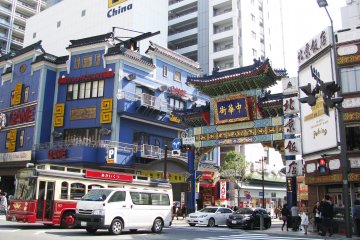
Чайнатаун города Йокогамы - популярное место для покупок и вкусной еды, как у местных жителей, так и туристов.

Kanteibyo Temple (関帝廟) is a spiritual landmark in Yokohama’s Chinatown. It shines like a beacon of faith with its vibrant red exterior and intricate detailing. Dragon...
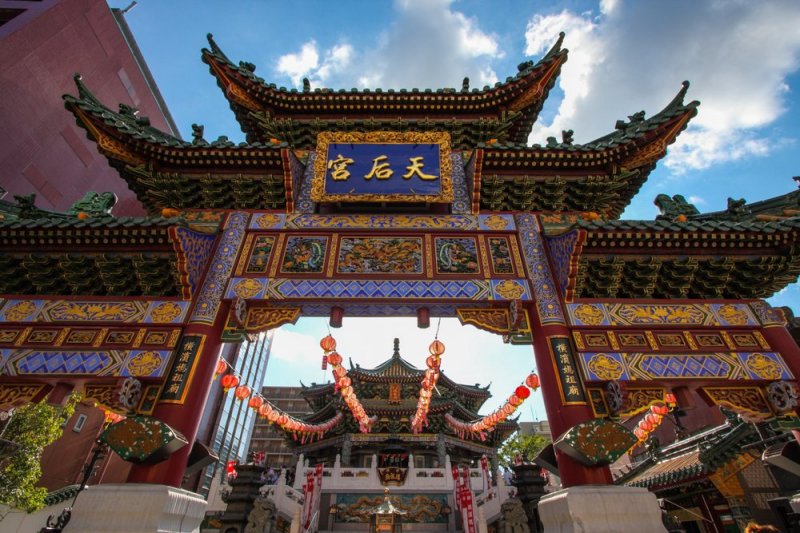
Masobyo Temple (媽祖廟), also called Ma Zhu Miao, is located in Yokohama’s Chinatown. The young Taoist temple, which opened relatively recently in 2006, enshrines Mazu, the C...
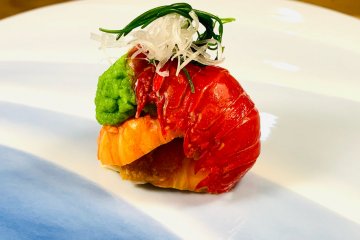
Perfect for couples or groups (up to 12 people), Masago provides enticing kaiseki dining that is delicious and artistic. Try their classic Japanese-style cuisine that has been altered for a more international taste while retaining the harmony of its original flavors.

RUCY+R boasts a delicious and colorful vegan menu. You won't be disappointed by the Hawaiian-inspired cafe where you can try Mexican taco salad, tofu-katsu, and curry with an extra kick of veggies.

Enjoy high-quality authentic Chinese food such as dim sum, congee, and noodles at MS. CASABLANCA. This casual Chinese dining space is chic and comfortable, providing high-class Chinese dining in Kanagawa supervised by a Michelin Star chef.

Yamashita Park (山下公園) is a public park along YokoThe Yamashita Park is considered the first coastal park in Japan and is located directly in front of the port of Yokohama. It extends almost 700 meters from the east side of Osanbashi to the Yamashita Pier. It was founded in 1930 by filling the area with the debris of the great Kanto earthquake opened. The park includes a meadow of grass, a rose garden, the "Little Girl in Red Shoes" statue, the "Guardian of the Water" statue, which is a gift from San Diego, a sister city of Yokohama, and the memorial to that Song "" Kamome no Suihei-san (Seagull Sailor) "", a water staircase and a stage. The former cargo and passenger ship Hikawamaru is anchored here.hama's waterfront. The park was built using landfill from the remains of buildings destroyed in the Great Kanto Earthquake of 1923.
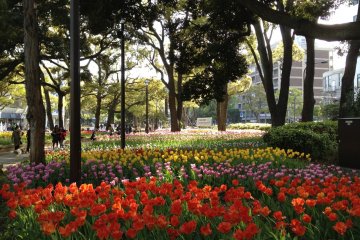
Yokohama Park is the second oldest park in Yokohama after Yamate Park and was opened to the public in 1897. With the construction of Yokohama Stadium, the dilapidated facilities of the park were renovated and a Japanese garden-style pond and creek, a fountain and a river were renovated Multipurpose space expanded. Around 140,000 tulips of around 70 varieties will be planted in Yokohama Park in November. The flowering time varies depending on the variety, but depending on the weather, the tulips are usually in full bloom from the beginning to the end of April. The park is a particularly popular travel destination at this time.

Yokohama Stadium is located in Naka-ku, Yokohama, and is a multi-purpose stadium. These are quite rare these days. Yokohama Stadium opened in 1978 and can seat over 30,000 people. Today the stadium is primarily used as a baseball stadium Home field of the Yokohama DeNA BayStars, but American football games and live events also take place there. The stadium hosted an Australian rules football game and attracted the second largest crowd for such an event outside of Australia. Numerous artists are already performing in Yokohama Stadium: Santana, Michael Jackson, Tina Turner, Madonna, Luna Sea, Nana Mizuki and ONE OK ROCK are just a few of the well-known names.